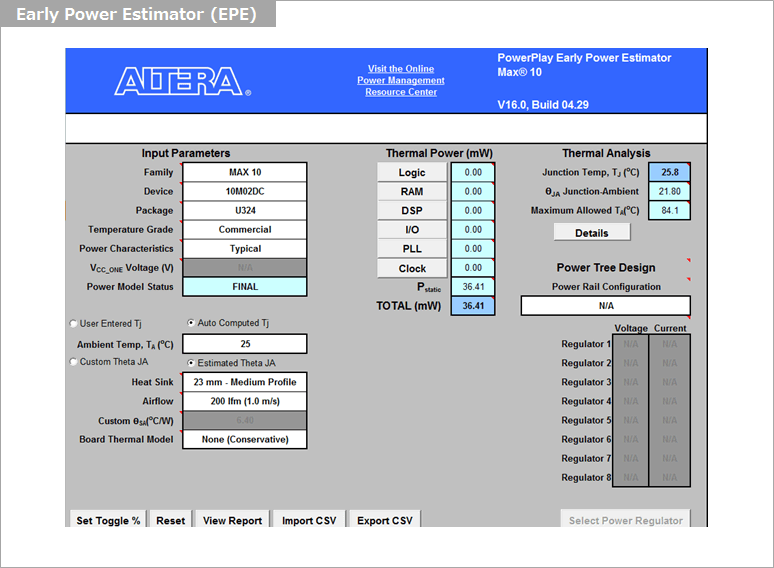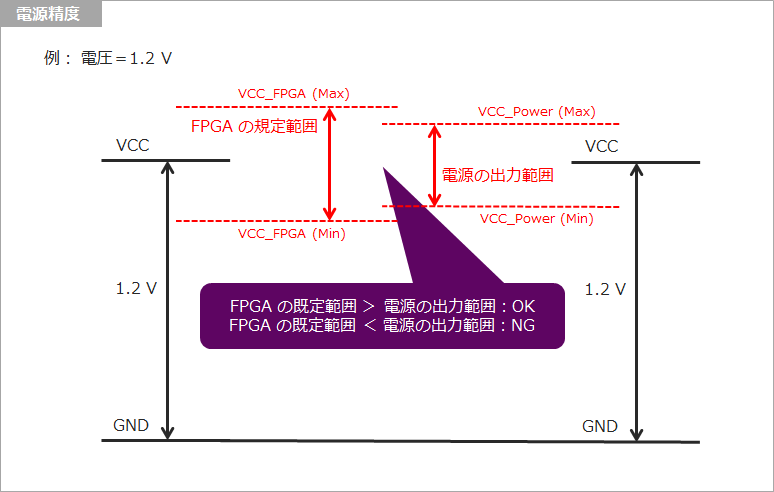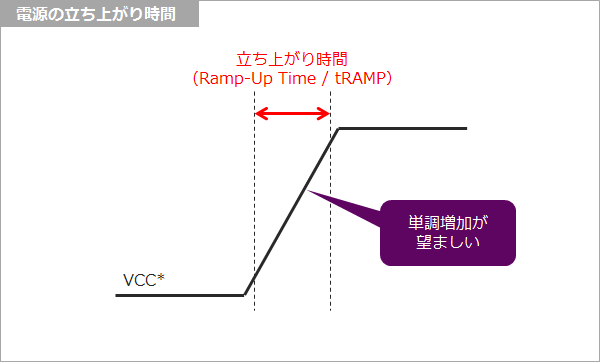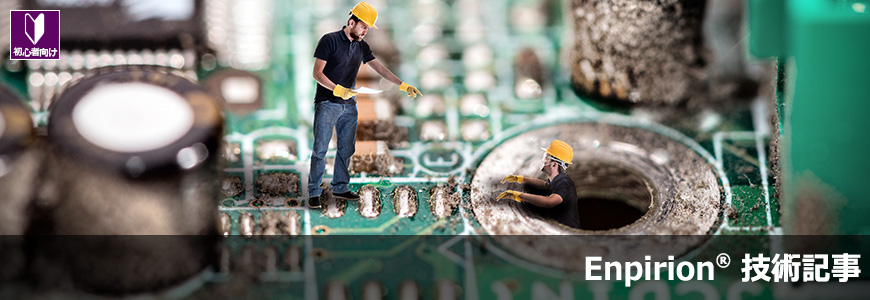Do you challenge new goals every day? It's been 8 years since I provided FPGA technical support, and I'm trying to provide technical support for Enpirion® products from zero analog knowledge.
Enpirion® products are power products, not programmable logic devices (PLDs) like FPGAs/CPLDs. It has good compatibility with FPGA / CPLD, and since it has inductors and FETs built-in, it requires few external parts, and it is very easy to design a board. Therefore, it is a very easy-to-use product for analog beginners and those who are designing power supplies in parallel with FPGA / CPLD.
It's always the case with technology that you can't know until you actually touch it, so I'd like to talk to the Enpirion® technical team in the company to evaluate the device and tell everyone about the ease of use and design points. In other words, it is a must-see for beginners in power supply design for FPGAs.
If you don't know the voltage to supply to the FPGA, you can't choose a power supply device. It is common for modern FPGAs to supply multiple power supply voltages, such as the power supply for the core, the power supply for the PLL, and the power supply for I/O. let's find out.
What is the power consumption of FPGA?
Once you know the voltage to supply, let's find out the required current. Once you know this, you can see the power devices you need. But how do you find out what current you need?
In fact, there are many cases where the board must be made in advance even if there is no design (circuit) in the FPGA. For those times, Intel® FPGA provides an Excel-based tool called PowerPlayEarly PowerEstimator to estimate power consumption. We call it EPE for short. The power consumption is calculated by inputting various information (resources used) such as the number of I/Os, the number of logic, internal memory, DSP blocks, transceivers, etc. to this EPE. You can also enter conditions such as ambient temperature and air flow, so you can estimate power consumption before making a board.

Click here for details...
What Power Supply Accuracy Do FPGAs Need?
Even if the voltage required for the FPGA is created with a power supply device, it is difficult to output the exact design value, and there will be some deviation. The extent of the deviation depends on the usage and conditions of the power supply device. So, what is the range that should be kept within the supply voltage range required by the FPGA side? This will allow the FPGA to boot with the recommended operating conditions. We have summarized the contents related to such power supply accuracy.

What is the required power rise time for the FPGA?
Even if you can find a power supply that meets the current value and accuracy required by the FPGA, the FPGA has a power supply rise time requirement. If this is not met, FPGA configuration may not go well, so it is a very important check item. You can check the rise time by looking at your FPGA's documentation. We have also summarized how to find the information you need from the documentation.

How was it?
In order to use an FPGA, it is necessary to check in advance the type of power supply required, the method of estimating power consumption, and the accuracy and rise time of the power supply. In addition, there are FPGAs that have regulations for the order in which the power is turned on, and this is called the power-up sequence. I won't go into the details of the power sequence here, but if you're using an FPGA that has power sequence rules, be sure to check the documentation for the order and conditions for powering on. Don't forget to check the Power-Down Sequence as well.
Take these points into consideration when designing a power supply for FPGA safely and reliably.
Click here for recommended articles/materials
<Intel®Enpirion®Power Solutions>
What are the power supply elements required for FPGAs?
What is the power consumption of FPGA?
What is power supply accuracy? (Part 1)
What is power supply accuracy? (Part 2)
Intel® FPGA Development Flow/Top Page

